Our site uses cookies to give you the best experience. or continue shopping if you're happy.
Accept & closeCooker Hood Measurement Guide
Get an inch perfect fit for your new cooker hood with some sage advice from our handy guide. From cooker hood types to how to measure up, we’ve got you covered.
How to measure
It’s important you have a cooker hood that’s the right size for your kitchen. We’ll take you through the dimensions you’ll need, the different model types, and how to work out extraction rates.
Top tips to remember...
Make sure your new hood is the same size as (or slightly bigger than) your hob. This is to make sure it’s wide enough to capture as much steam as possible.
Check that the bottom of the hood is at least 75cm away from your hob to keep it safe from heat damage.
Types of cooker hood
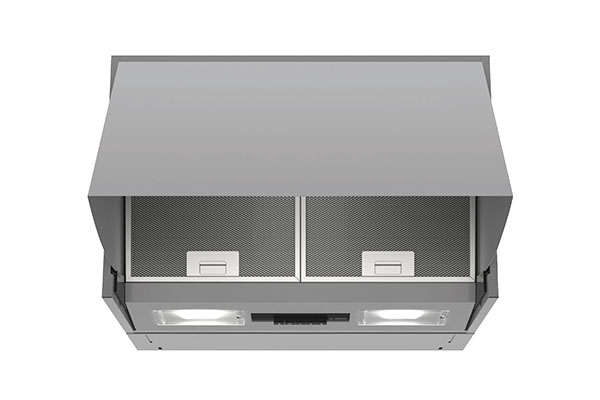
Built in
Built-in cooker hoods are small, compact and perfect for smaller kitchens. You'll need to make sure that the width matches the width of your hob. Watch our handy video here for more on how to measure.
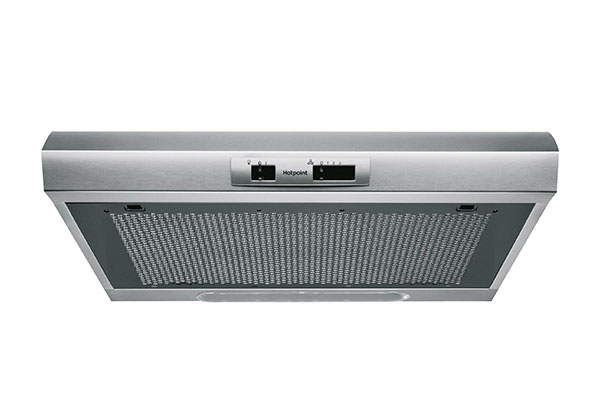
Visor
A visor cooker hood is ideal for smaller kitchens. You need to make sure that the width of the cooker hood matches the width of your hob. Watch our handy video here for more.
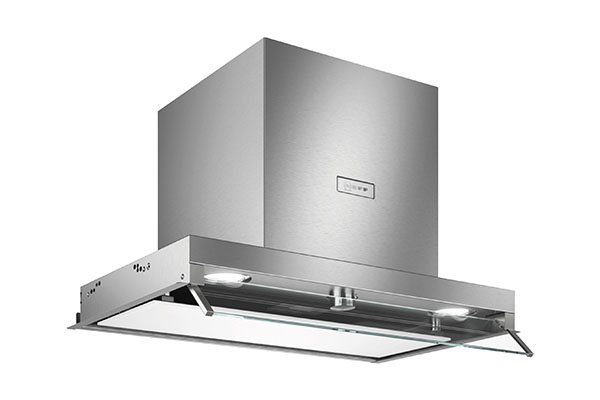
Canopy
Canopy hoods, or telescopic hoods, are a good fit if you have limited space. Make sure that the hood can extend to at least the same width as your hob. Watch our video here to find out more.
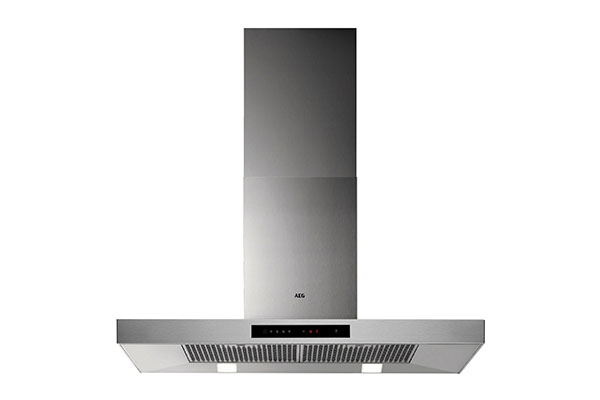
Chimney
Chimney cooker hoods vary in size so you can get the perfect fit for your kitchen. For the best results, always make sure that the chimney hood you buy is at least the same width as your hob. Watch our video here to find out more.
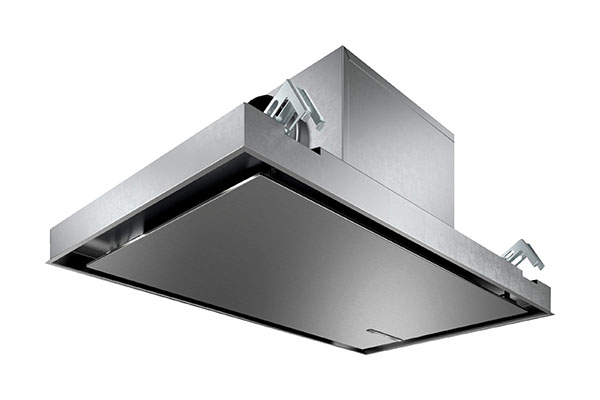
Ceiling hoods
These nifty hoods sit flush with your ceiling, meaning they’re well out the way if you prefer that minimal clean look. Ceiling hoods should always be the same size width as your hob. Watch our video here for more.
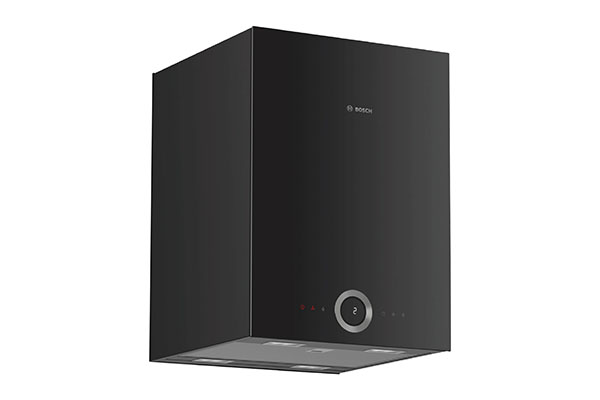
Island
Island cooker hoods are the perfect fit if your hob is installed on a kitchen island. Always make sure that the hood is at least the same width as the hob.
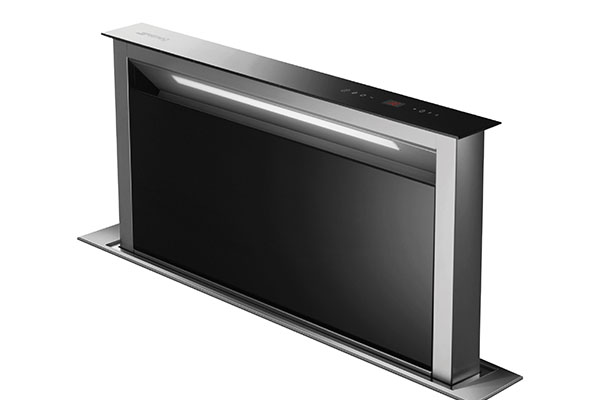
Downdraft
Going for a downdraft extractor? These are a little different to other types of hoods and will need some extra considerations. Check out this short video here for more info.
Extraction rate explained
It’s important to get the right extraction rate to make sure your new cooker hood keeps your kitchen clear. Here’s a simple way to work out the rate you’ll need.
Measure the height, width and depth of your kitchen in metres.
Multiply all these numbers together to find out the volume of your kitchen (Height x Width x Depth = Volume).
Now times this number by 10 to find the rate of extraction (Volume x 10 = Rate of extraction (m3/h))
You can find a cooker hood’s extraction rate under the Key Information tab on our product pages. If it’s similar to the rate your kitchen needs, then you’ll have years of clear cooking ahead.
Installation & Delivery
FAQs
- What should I consider when buying a cooker hood?
When buying a cooker hood, think about size, type, extraction rate and extraction method. It should be at least as wide as your hob to catch all the steam and smells. Choose between chimney, visor, integrated or island hoods depending on your kitchen layout. You’ll also need to decide between an extraction model that vents outside, or a recirculation one that filters and recycles air – both work well, but extraction is more powerful.
- How do I choose the right size cooker hood for my kitchen?
Most hobs are around 60cm to 90cm, so match your hood to that or go slightly wider for extra coverage. Also think about your kitchen layout – if it’s going above an island or between cupboards, check the space and height clearance. A quick measure now means a perfect fit and a fresher kitchen later.
- What are the different types of cooker hoods available?
Cooker hoods come in a few different styles to suit your kitchen layout. Chimney hoods are popular and sit above your hob with a sleek, vertical design. Visor hoods are compact and great for smaller spaces, while integrated hoods hide away inside a cupboard for a seamless look. If your hob’s on an island, go for an island hood – they hang from the ceiling and make a real statement. There are also ceiling hoods and downdraft models for ultra-modern kitchens.
- How effective are cooker hoods at removing smoke and odours?
Cooker hoods are really effective at keeping your kitchen fresh – they’re designed to remove smoke, steam, and cooking smells quickly and efficiently. Extraction hoods vent air outside, which gives you powerful performance, while recirculation hoods use filters to clean and recycle the air. Look out for models with high airflow rates, washable filters, and multiple speed settings to get the best results.
- What is the difference between ducted and recirculating cooker hoods?
The main difference between ducted and recirculating cooker hoods is how they deal with air. Ducted hoods extract steam, smoke and smells and vent them outside – super powerful and great for heavy cooking. Recirculating hoods, on the other hand, pull air through filters to clean it, then push it back into the kitchen, which is ideal if you don’t have an external wall or want an easier install.

